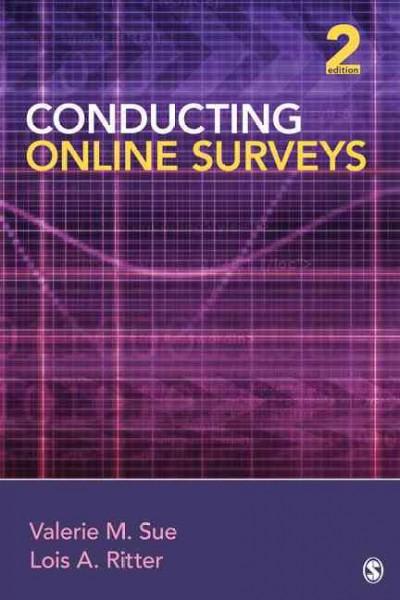Question
Dr. Lilith Crane, a school counselor from a small rural high school, calls you for a consultation. Dr. Crane currently works with a high school
Dr. Lilith Crane, a school counselor from a small rural high school, calls you for a consultation.
Dr. Crane currently works with a high school senior, Dan, on issues related to self-esteem and depression. An ongoing theme in their therapy sessions revolves around his sexual orientation. Dan recently came out to his parents, who accepted his gay orientation and lifestyle. From that positive experience, Dan wants to start a support organization for other LGBTQ students at the school.
Dan explained to Dr. Crane that this group would be student-led and meet after school once a week. He does not view it as a therapy group. Dan's vision is that the group would meet periodically to support one another, do problem-solving, share information, and personal struggles, and perhaps provide some psycho-educational work to help the students navigate challenges and struggles at school. Dan indicates that they may also want to engage in fundraising for LGBTQ students to order shirts and other "swag" to promote awareness about their group at the school.
Dan asked several teachers to serve as the advisor of this group. While most of the teachers were supportive, all declined the invitation (likely because the school is small and in a conservative state area).
Out of options, Dan asked Dr. Crane to be the faculty advisor. Dr. Crane applauded and appreciated the student's energy and creativity but indicated concerns about a dual role with the student. She told the student that she would think about the request before answering.
Dr. Crane is questioning the pros and cons of being the school counselor and the advisor. Dr. Crane feels ambivalent because of their therapeutic relationship but also wants to help Dan because he appears to have limited options.
What are the possible downsides to entering a dual (non-counseling) relationship?
What steps can Dr. Crane take to mitigate any potential difficulties?
What other steps may the counselor want to take in this situation?
The Transcultural Integrative Model of Ethical Decision-Making in Counseling (Garcia et al. 2003) is the Ethical Decision Making Model's steps and details used in this case Study.
Step 1. Interpreting situation through awareness and fact-finding: Who is involved, and how does their worldview affect them? Even their worldview and influence.
Step 2. Formulate an Ethical Decision
Step 3. Weight Competing, Nonmoral Values and affirm the Course of Action
Step by Step Solution
There are 3 Steps involved in it
Step: 1

Get Instant Access to Expert-Tailored Solutions
See step-by-step solutions with expert insights and AI powered tools for academic success
Step: 2

Step: 3

Ace Your Homework with AI
Get the answers you need in no time with our AI-driven, step-by-step assistance
Get Started


